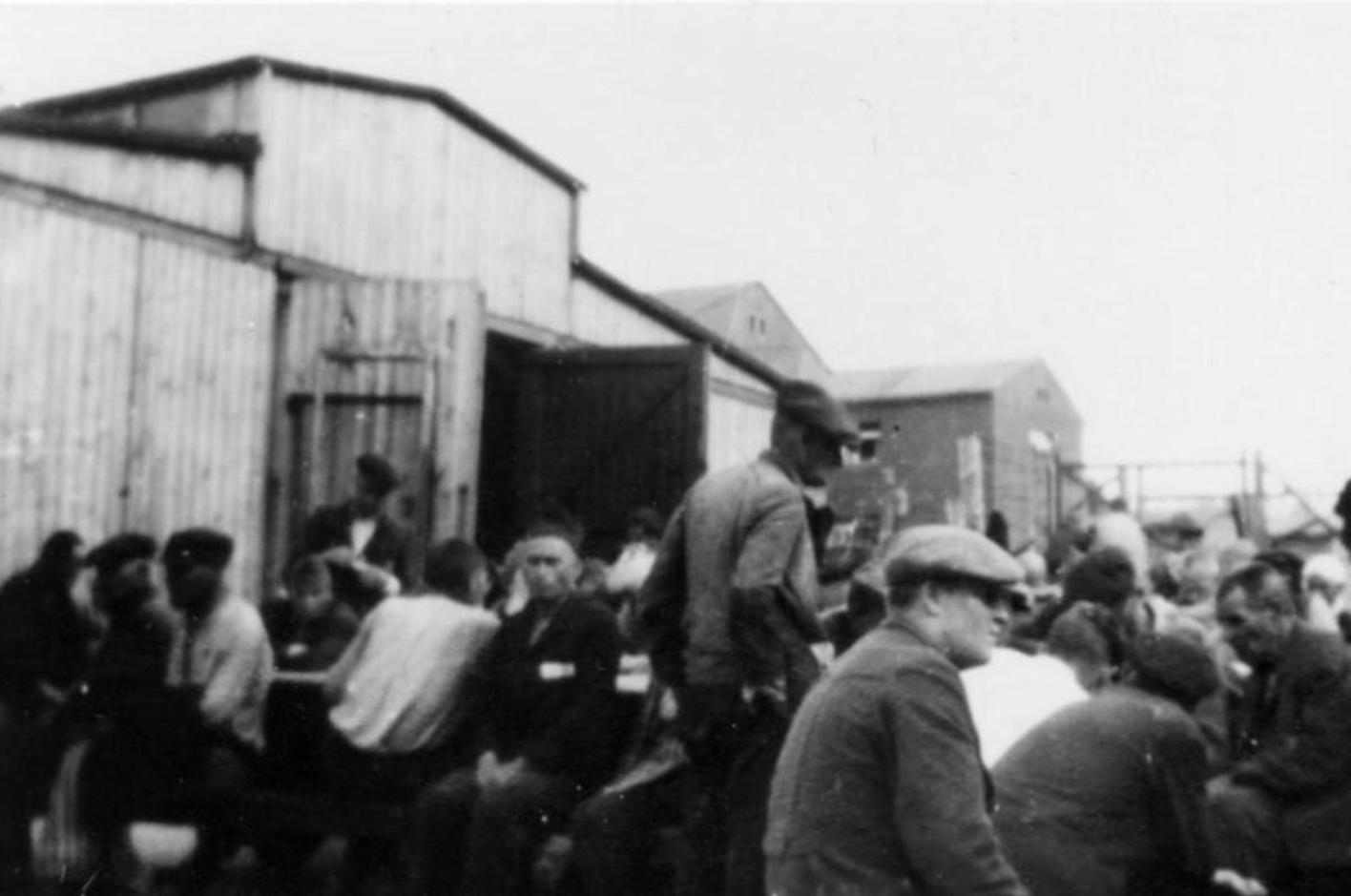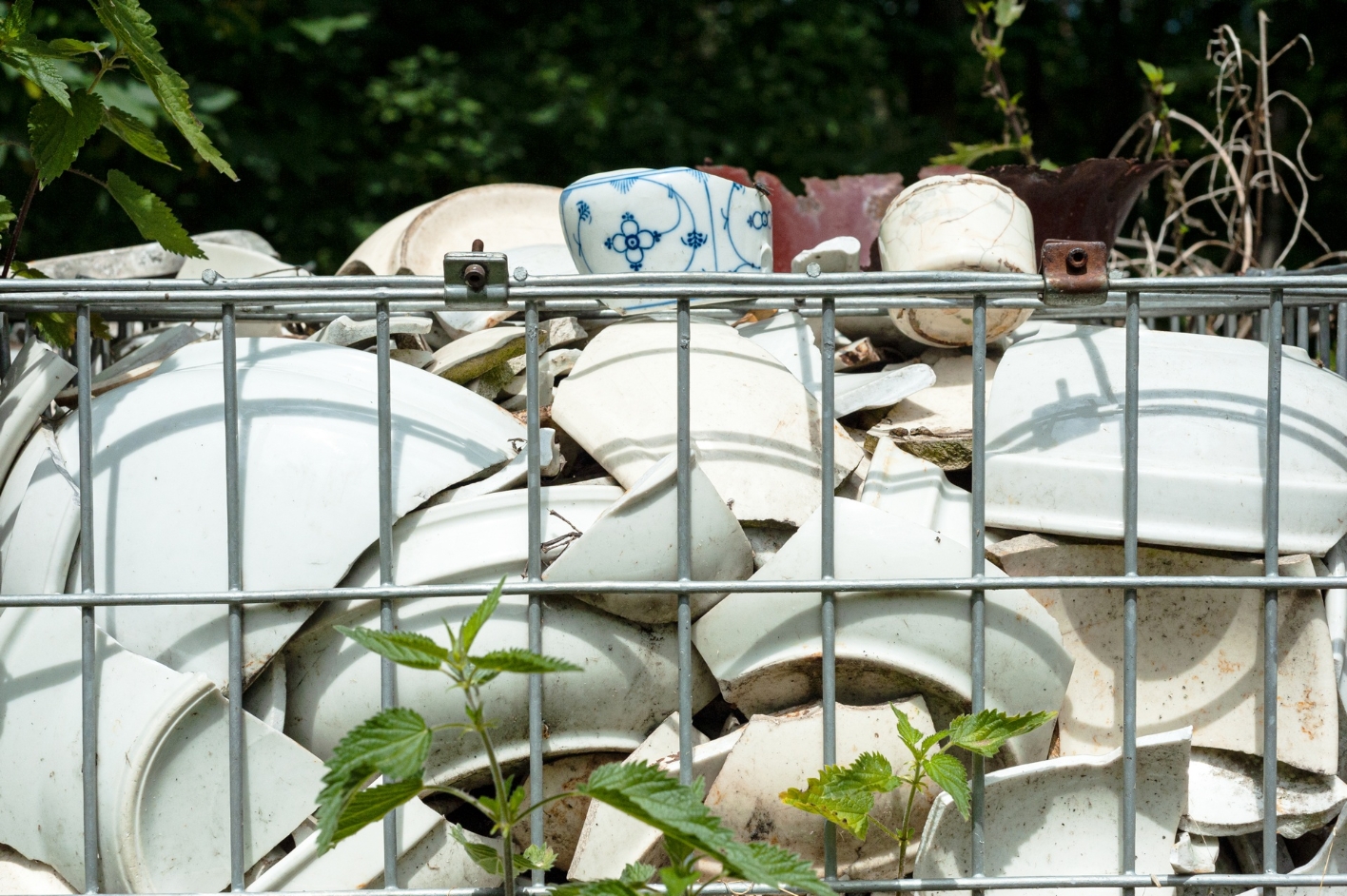


Cordoned off from the main camp, this zone included twelve windowless horse stalls originally planned for the Wehrmacht, which lacked sanitary facilities. Instead of beds there were simply four-level, shelf-like boxes constructed from raw wood. Each of these stalls was originally intended for about 50 horses. In the Little Camp, however, about one thousand, and sometimes even two thousand people had to stay here. In 1944, the SS had five additional tents erected.
The Little Camp originally served the purpose of setting inmates apart for forced labour in the subcamps of Buchenwald. In early 1945 it became an overcrowded place, where people wasted away and died. In less than one hundred days, some six thousand people died here before the camp was liberated. Most of them were Jewish inmates who had been brought to Buchenwald with transports from Auschwitz and Groß-Rosen.
The remains of paths and foundations that have now again been made visible bear testimony to how improvised and primitive the living conditions were in the Little Camp.

